 At a time when poor guest behavior related to Covid restrictions often makes news, restaurant operators have been placed in the challenging position of trying to take care of staff and provide guests with good service (even if their behavior isn’t the best). A new study reinforces that when operators visibly take care of staff safety, it can have a strong positive spillover effect to guests and build trust with them: Research from Qualtrics found that 30 percent of consumers have moved their purchases in the past 18 months to less-familiar brands because of the stricter safety protocols they use. Further, 22 percent of consumers have avoided businesses that gave guests doubts about their commitment to keeping their people safe. 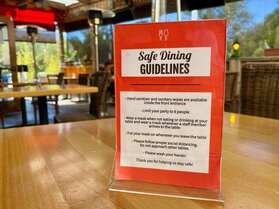 The pandemic has heightened consumer consciousness of the origins of restaurant food, as well as the safety practices used to protect it. If you’re among the growing number of operators running a ghost kitchen or similar space that keeps your back-of-house operations behind the scenes, it’s all the more important to find ways to be transparent about your food sourcing and safety practices. Your website and social media channels are the virtual windows overlooking your kitchen. Update them with lists of local suppliers, allergy information, health inspection grades, news about digital tools you adopt to monitor food safety, and photos of your safety practices in action.  Your staff may be familiar with the key foods that tend to pose the greatest risk of foodborne illness, but if your menu is changing to accommodate more plant-based ingredients, your team may need to brush up on the pathogen risks of plant-based foods. This is especially true if the foods aren’t cooked prior to service and therefore provide a more fertile breeding ground for bacteria. Items like tofu; rice; cooked pasta, chickpeas, beans and lentils; herbs and spices; nuts and fresh produce all carry foodborne illness risk. Make sure your staff knows how to prepare and store these items, as well as what signs indicate that something needs to be discarded. 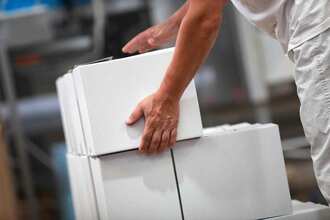 Labor shortages are difficult enough to manage right now – you don’t want to risk having a valued team member need time off to recuperate from an injury on the job. Overexertion injuries are among the most common injuries restaurant staff have but you can minimize their severity by ensuring heavy items are stored and moved properly. Store heavy or frequently used items at a level between hip and chest height – and try to eliminate any repetitive bending and lifting from the floor. Use carts to move heavy items, but when items must be carried, lift with the knees and position items in front of the body if possible so no twisting is required. If your staff needs to pass plates through windows, ensure the openings don’t require awkward postures that can cause injury.  The spread of the Omicron variant – not to mention the typical seasonal illnesses taking a toll on staff – can make it easy for operators to overlook other important health and safety hazards in a restaurant that can lead to insurance claims. Slips, trips and falls are among the most common risks – and winter precipitation can increase the slippery spots in your facility that create hazards for staff and guests. In addition to regularly scanning floors to keep them clean, dry and non-slippery, Markel Insurance advises operators to clear spills with a clean mop and the recommended proportion of cleaning product in the water to remove grease. Remove clutter from walkways and work areas and keep them well-lit. Use slip-free mats in high-traffic areas and mark or fix any areas that may pose a tripping hazard, such as uneven flooring or bumps in carpeting. 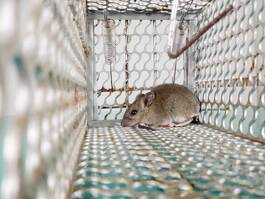 A warm, fragrant restaurant kitchen is an inviting shelter for pests. In addition to sealing cracks, keeping doors closed, wiping spills and keeping foliage away from the perimeter of your facility, make sure you’re taking some additional steps to avoid enticing unwanted guests. Clean your food preparation and storage areas regularly. Keep close watch on your inventory – to include rotating damaged or expired stock often and storing fresh items in sealed containers in your pantry. Bag your food waste tightly (and minimize it wherever possible so there is less to discard) and ensure dumpsters are emptied often and closed securely at all other times. 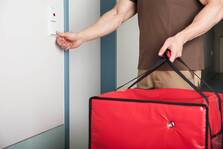 Restaurant delivery is a tempting option on cold, dark winter nights – but less so if that order arrives lukewarm. Any hot food you send out the door and into the cold risks entering the temperature danger zone if not protected. Make sure your delivery providers are taking care to shield food from the elements in sealed, insulated bags – and are delivering within a reasonable time frame. On your end, it may also be helpful to include reheating instructions with delivery orders to help ensure your food is eaten at the proper temperature following delivery. 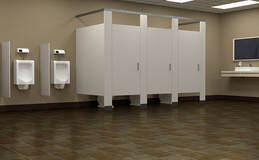 While Covid variants continue to be front-of-mind for restaurant operators, it can be easy to forget about the other seasonal illnesses that can impact a restaurant, particularly norovirus (which, although it can strike at any time of year, is known as the “winter vomiting bug” for a reason). Norovirus causes more foodborne illnesses than all bacterial pathogens combined. You can prevent its spread in your restaurant by having a food safety plan that considers your entire facility, including restrooms, your dining room and supply areas in addition to your kitchen. Reinforce with employees the need to wash hands even more frequently than usual with soap and water, and keep stations well stocked with soap and paper towels. Conduct training with staff on cleaning and sanitizing surfaces, including the proper solutions to use, as well as the amounts, applications and schedule of use. Finally, schedule frequent restroom cleanings and give staff a refresher on what procedures must be used when cleaning up after someone has been ill in your facility. |
subscribe to our newsletterArchives
April 2024
Categories
All
|
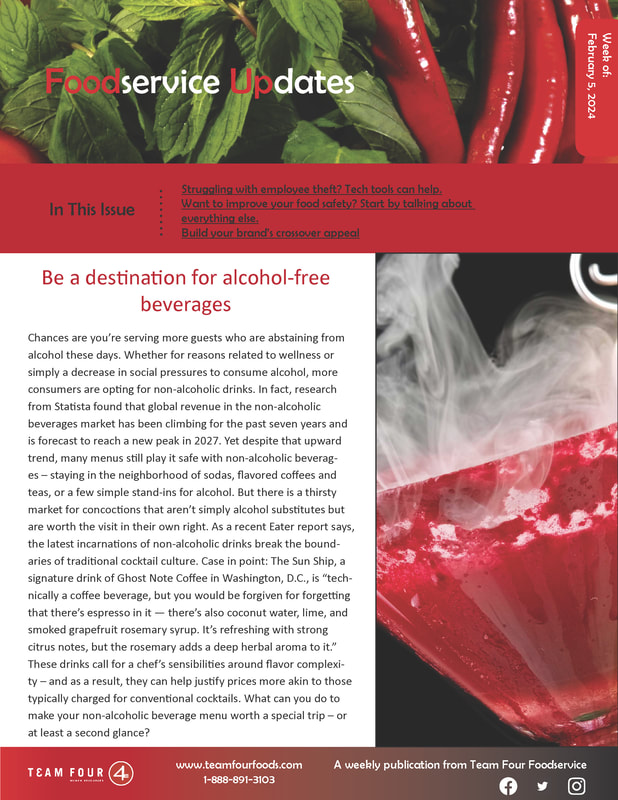
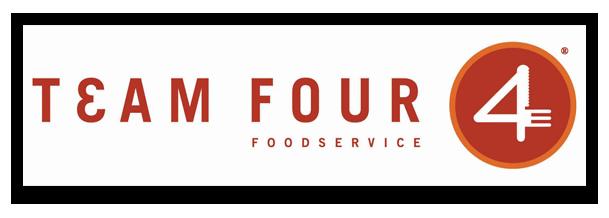
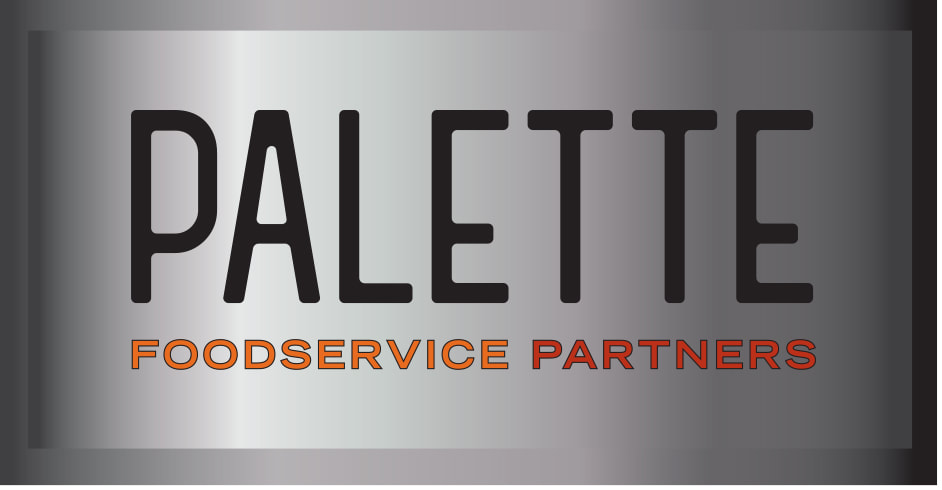
 RSS Feed
RSS Feed